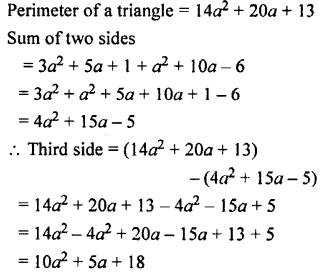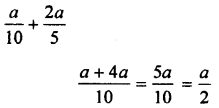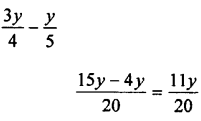New Simplified Middle School Chemistry Class 10 ICSE Solutions (Dr. Viraf J.Dalal, Allied Publishers)
ICSE SolutionsSelina ICSE SolutionsML Aggarwal Solutions
Viraf J Dalal Chemistry Class 10 Solutions and Answers
Simplified ChemistryEnglishMathsPhysicsChemistryBiology
- Periodic Table – Periodic Properties and Variations of Properties
- Chemical Bonding
- A: Acids, Bases and Salts
B: Analytical Chemistry Use of Ammonium and Sodium Hydroxide - Mole Concept and Stoichiometry
A: Gay Lussac’s Law-Avogadro’s Law-Mole concept
B: Percentage Composition – Empirical and Molecular formula Calculations Based on Chemical Equations - Electrolysis
- Metallurgy
- Study of Compounds
A: Hydrogen Chloride
B: Ammonia
C: Nitric Acid
D: Sulphuric Acid - Organic Chemistry
- Practical Chemistry
Give Reasons – State Observations
For More Resources
































































































































































































































































































































































